Discovering the Italian Unesco District Emilia-Romagna
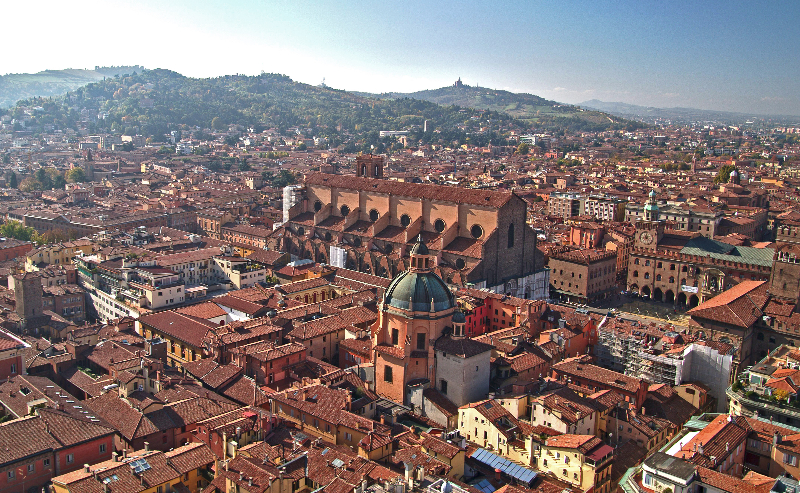
In the north of Italy, where the River Po and its tributaries fan out in the last lazy miles towards the Adriatic Sea, lies a collection of regions united by their distinctive architectural, cultural and gastronomical histories. Notable cities and areas of Emilia-Romagna, Veneto and Lombardy have each been designated Unesco World Heritage Sites, forming an entire district (the Quadrilatero dell’Unesco) of remarkable buildings, art, food and scenery to explore.
The first city we visited was Bologna, capital of the beautiful Emilia-Romagna region. As a tourist destination, Bologna tends to be overshadowed by perennial favourites Venice, Rome, Florence and – which makes it perfect for exploring at your own pace, away from the hordes. And whether you’re interested in art, architecture, food or music, there’s an awful lot to discover.
Known variously as la dotta (the learned one), la grassa (the fat one) and la rossa (the red one), Bologna is a veritable layer cake of a city. Its foundations are driven through 8-10 meters of its own architectural history – much of which you can still catch a glimpse of today, if you know where to look. Walk the glass floors of the Sala Borsa to see the excavated foundations of the Roman basilica below, or visit the window in the walls of Via Piella to glimpse one of the bricked-over canals surfacing for a breath of air before plunging again beneath the streets. There’s Giabologna’s Fountain of Neptune and the famously leaning (some say, kissing) Two Towers, not to mention the world’s oldest university, founded in 1088. The jazz culture, too, is not to be missed.
But it’s the food in Bologna that really wins our heart. The cobbled streets winding away from the Piazza Maggiore are home to a fantastic market, with shops selling everything from fish to flowers. There’s a stunning array of fresh vegetables, and window displays packed with cured meats, cheeses and handmade pasta. We pause by one to get a quick cooking lesson. Points to remember: spaghetti is never served with bolognese sauce (that’s al ragú to locals), but simply tossed with olive oil, garlic and a scatter of other fresh ingredients like plum tomatoes. Likewise, tortellini is only served in brodo (in a light capon broth) or alla panna (with cream). Bolognese sauce is usually paired with an egg pasta, either tagliatelle or lasagne.
Tucked down a nearby street is Osteria del Sole, an old wine bar with an unusual premise: BYO food. We stop there for a bottle of locally produced Lambrusco and experience a few pangs of envy as a family unpack a picnic of delicious market produce at the next table.
As the sun goes down we head out for the first dinner of our trip. Bologna at sunset is la rossa at her finest, and as the warm daytime air mellows into evening cool, people gather in drifts on the streets, chatting, eating and reclining with aperitifs. We are heading for Bravo Caffé, a restaurant combining three of Bologna’s finest offerings: food, wine and jazz. As we round off a four-course feast of traditional Bolognese cuisine – including Tortellini in brodo, Pappardelle with zucchini flowers and ham, Shoulder of veal stuffed with spinach on cream of potato and a perfectly executed zucchini flan, a jazz band takes to the stage. Waiters weave expertly as people of all ages shuffle into every available space to listen.
The following morning finds us 50 kilometres away in a Ferraran bakery, watching a kitchen full of elderly men rolling and baking tray after tray of erotic bread rolls. La Coppia, the traditional bread of Ferrara, was invented in the Renaissance for marriage banquets. Its shape is a fertility symbol resembling the spread legs of husband and wife (amongst other things) and the texture is somewhere between grissini and a baguette. We also sample slivers of Panpepato (‘Bread of the Pope’), a dry-ish spiced cake of chocolate, almond and candied orange.
Ferrara is known as the cycling capital of Italy. The city centre is closed to cars and the town centre is filled with weaving cyclists and urbane dogs. Go in the second week of September to see the sky filled with the drifting participants of the annual Ferrara Balloons Festival, or in December for the famous Christmas markets in the historical city centre. The cathedral is spectacular and the palaces stunning, but Ferrara has the same unhurried air as Bologna, and it’s a treat enough just to wander the narrow cobbled streets beneath window boxes filled with basil, chilli and olive plants. And, of course, to eat – in a town that once made a court cook a palatine for the excellence of his food, how could you not? The traditional Cappellacci di Zucca (pumpkin, parmigiano-reggiano and nutmeg parcels tossed with butter and sage) is a must, as is the seafood – the anchovy spaghetti we ate at Cusina e Butega was superb. And whatever you do, don’t ever forget to try the locally produced wine.
Marion Rankine
Photos: Marion Rankine
Next Friday check out our trip to Veneto’s Po River Delta heritage site, and on Friday 19th October Lombardy’s lake-locked Mantua and tiny Sabbioneta heritage sites.
We dined at Bravo Caffè, Via Mascarella 1, 40126 Bologna, (+39) 051 266112. Visit their website here
We stayed at the Hotel Metropolitan, Via dell’Orso 6, 40121 Bologna, (+39) 051 229393. A lovely boutique hotel, visit their website here
In Ferrara we had lunch at Cusina e Butega, Corso Porta Reno 26/28, 44121 Ferrara, (+39) 0532 209174. Visit their website here
For further information on the Unesco District visit here, for Emilia-Romagna visit here, for Bologna visit here and for Ferrara visit here

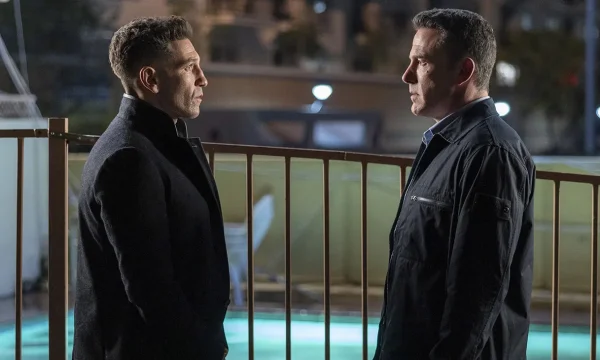
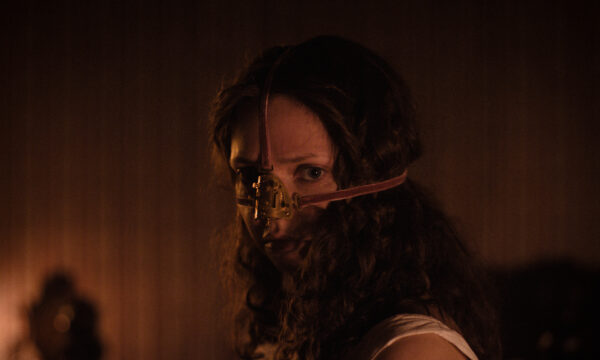
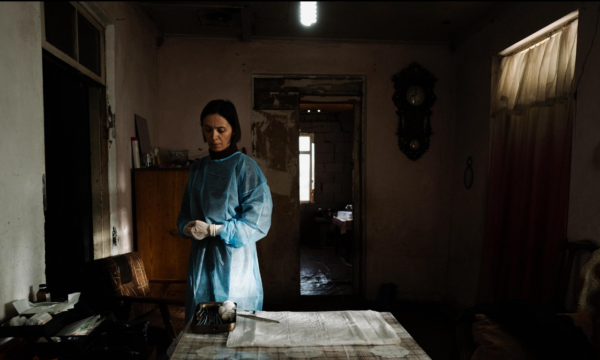
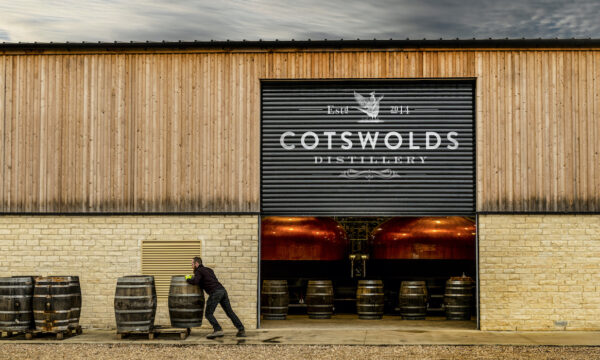
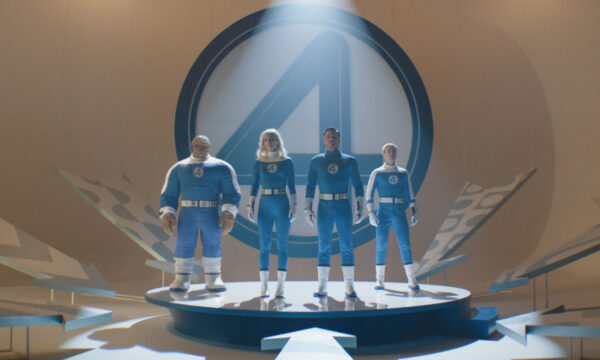
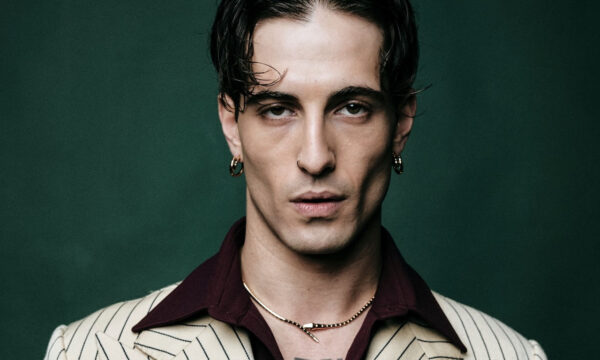
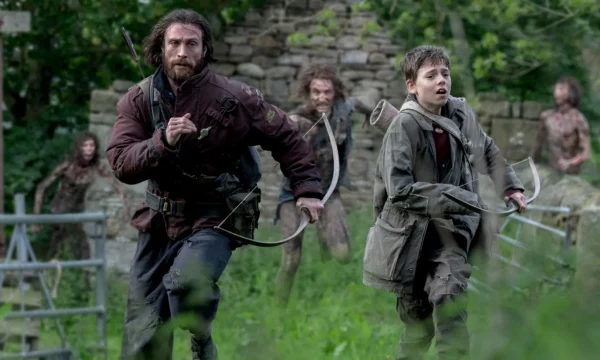
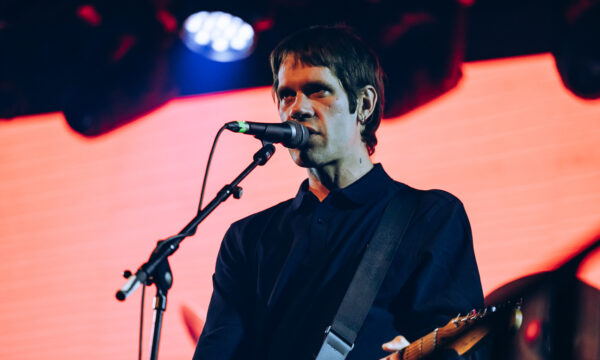
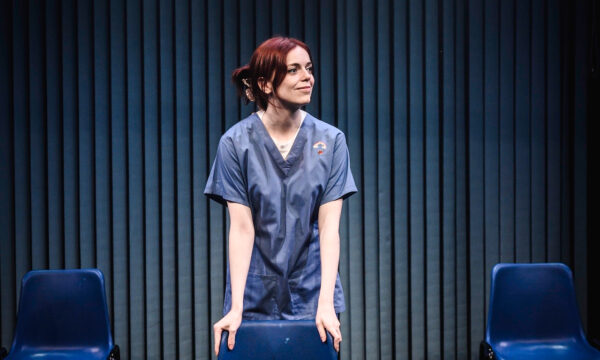






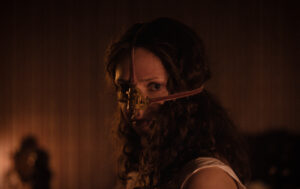
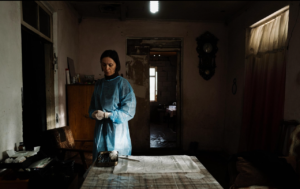







Facebook
Twitter
Instagram
YouTube
RSS